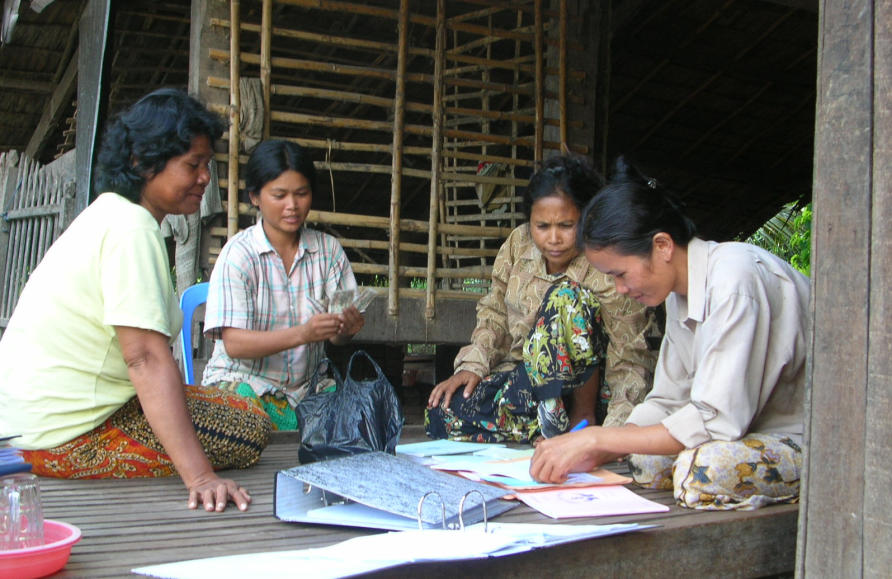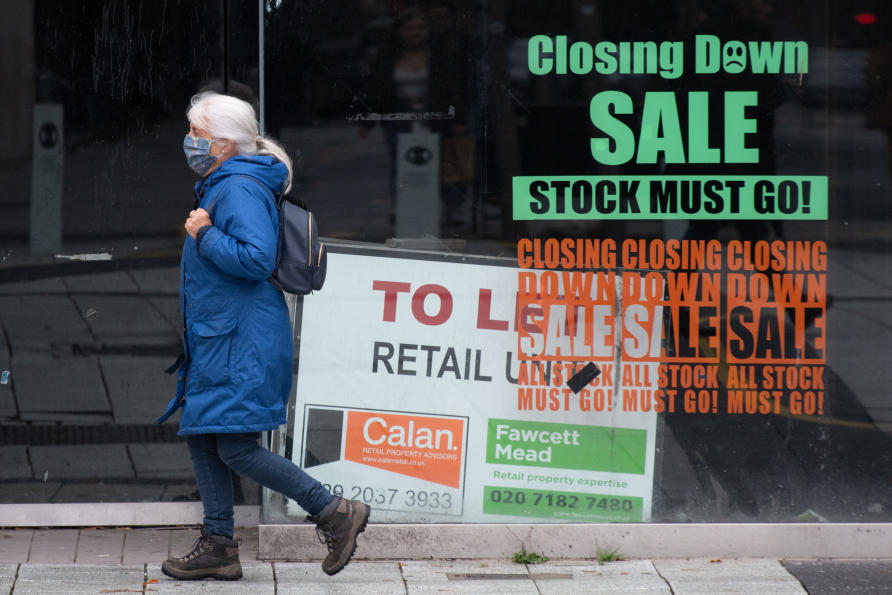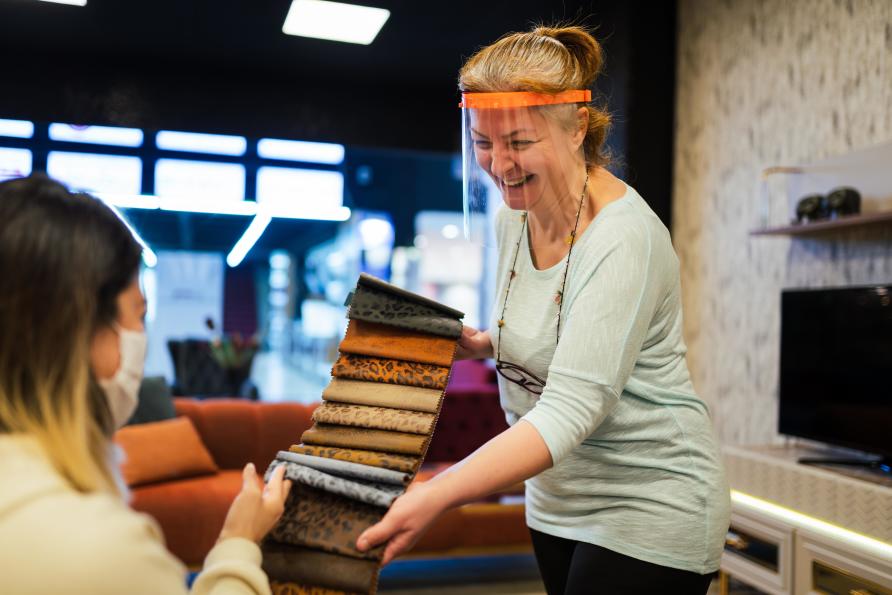
The COVID-19 pandemic brought the world to a standstill. Human lives are at risk, economic growth is arrested.
By July 2020, the Australian Bureau of Statistics reported that one million Australians had lost their jobs.
The Reserve Bank of Australia estimates that by December 2020, job losses will be around 1.3 million. Picture: Getty Images
Actual figures will be far higher as a significant number of people delay the reality of job loss due to short-term government payments like JobKeeper and JobSeeker.
Meanwhile, the Reserve Bank of Australia estimates that by December 2020, job losses will be around 1.3 million.
In the face of such a socio-economic catastrophe, it’s critical that employers do not act short-sightedly and take irrational economic decisions. Similarly, employers should not act unethically and immorally.
In other words, retrenching staff is economically irrational and morally unacceptable, particularly in the case of large organisations with ample profits in the bank.
Microfinance as a strategy
In the aftermath of destructive civil conflicts, economic resurgence is a complex socio-economic challenge but microfinance is an effective strategy in post-conflict economic recovery.
While it is typically seen as useful in developing countries, microfinance could also play a role in Australia’s post-pandemic economic recovery.
Cambodia successfully used microfinance as one of a number of economic interventions spearheaded by NGOs. Brutal civil conflicts led to more than two million deaths, while livelihoods and financial infrastructure were destroyed.

Microfinance contributed immensely to Cambodia’s economic recovery and development by providing access to finance, especially to poor rural populations.
In Australia, not-for-profit organisations like Good Shepherd Microfinance support vulnerable communities through the provision of small amounts of credit primarily for consumption smoothing – but is this enough to meet the demand and to protect people from becoming victims of payday lenders and consumer lease companies that charge exorbitant interest and fees?
In simple terms, microfinance is the provision of financial services such as credit, savings, insurance and money transfers to disadvantaged segments of the population who can’t access formal financial institutions like banks.
Traditionally, women rely more on microfinance because they may face more challenges accessing formal financial support. While some providers may be less ethical than others, microfinance is considered to be a direct and effective way to finance many neglected populations.
Predatory lending practices
Criticism of microfinance mostly stems from experiences in developing countries that are vulnerable to predatory lending practices.
In many of these places, lenders have the upper hand due to a lack of stringent regulatory settings, weak consumer protection laws and inadequate enforcement mechanisms.

Also, developing countries do not possess and can’t afford the sophisticated institutional infrastructure and resources to combat unethical lenders.
In contrast, Australia has strong institutions like Australian Securities and Exchange Commission (ASIC) that plays a critical role in regulating credit providers and enforcing laws that uphold the rights of borrowers.
We also have the Australian Financial Complaints Authority (AFCA), where customers can initiate a complaint process against financial service providers.
But this doesn’t mean Australia is without challenges. Predatory lending like payday lending is still a major issue for regulators faced with the ability of unscrupulous lenders to navigate loopholes in the regulations.
But in the aftermath of the COVID-19 pandemic, microfinance could play a key role.
Microfinance and microentrepreneurs
A significant number of people with skills and experience will be out of work as a result of COVID-19 and some will be keen to start their own micro-enterprise.
The major impediment to starting a business is capital. Small and medium businesses (SMEs) generally have access to established financial infrastructures with banks traditionally willing to help them.

But banks don’t have specific loan schemes for microentrepreneurs, other than personal loans. And you need to have a job to get a personal loan.
Microfinance is one of the only ways for aspiring microentrepreneurs to access business finance.
The Many Rivers is one Australian microfinance provider supporting microenterprise development, but it is a small operation with limited outreach.
However, the launch of global microfinance group Grameen in Australia, is a promising development. The microfinance social business is based on the Grameen model developed by Nobel Laureate, Professor Muhammad Yunus.
The Grameen model lends small amounts of working capital – microfinance – to a group of borrowers who are collectively responsible for each repaying their loans.
They are also offered mentoring, training and business education and the model also has a built-in savings component, so customers save and build assets.
Grameen America started 11 years ago and has dispensed microloans loans worth $US1.5 billion as of September this year.

Grameen Australia has the potential to support many Australian microentrepreneurs – especially women and Indigenous entrepreneurs with bright business ideas but who lack access to capital.
But it’s also important that federal and state governments engage with organisations like these for a faster economic recovery.
In a post-COVID- 19 world, we need to deploy development strategies and financial firepower to fast track our economic recovery and improve livelihoods and lives.
This article was first published on Pursuit. Read the original article.


